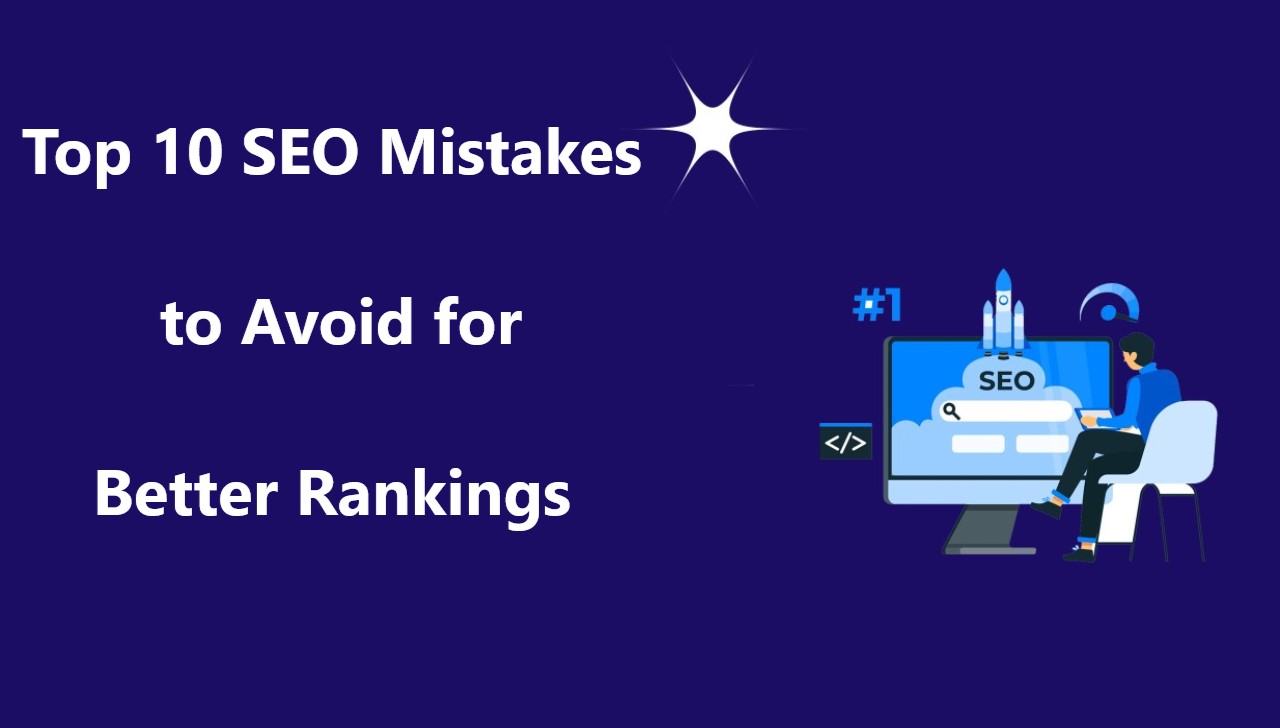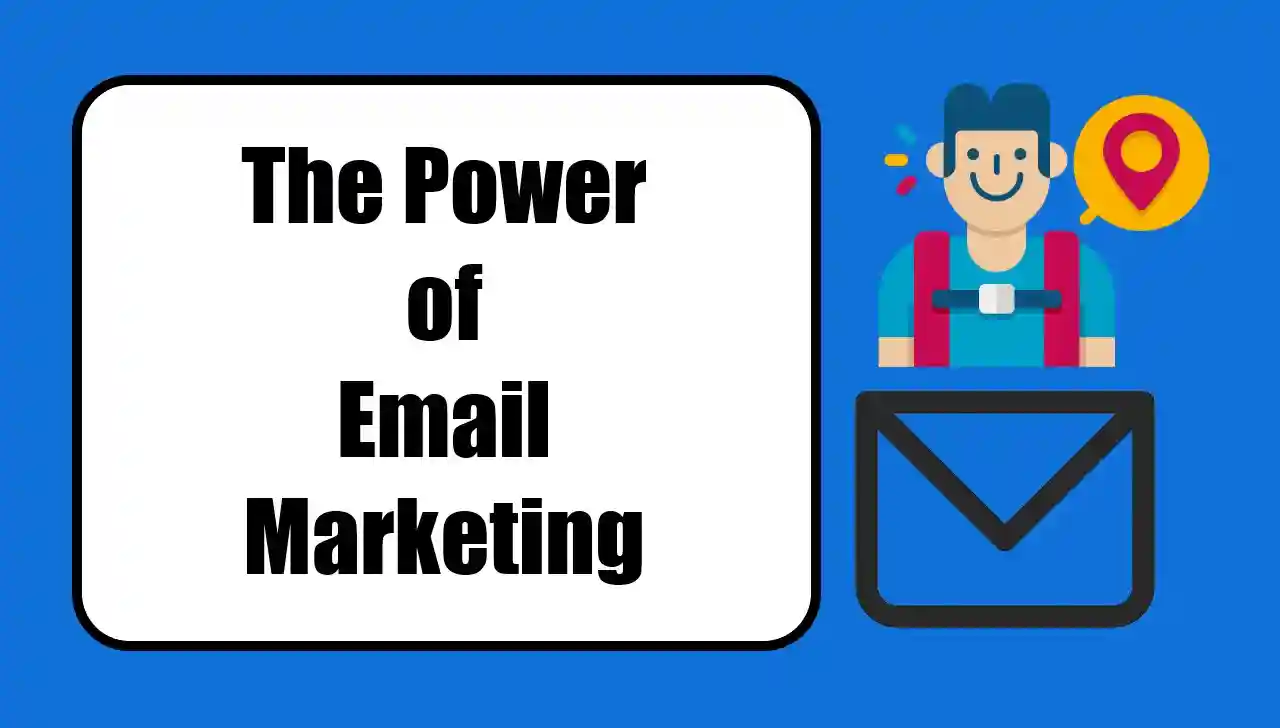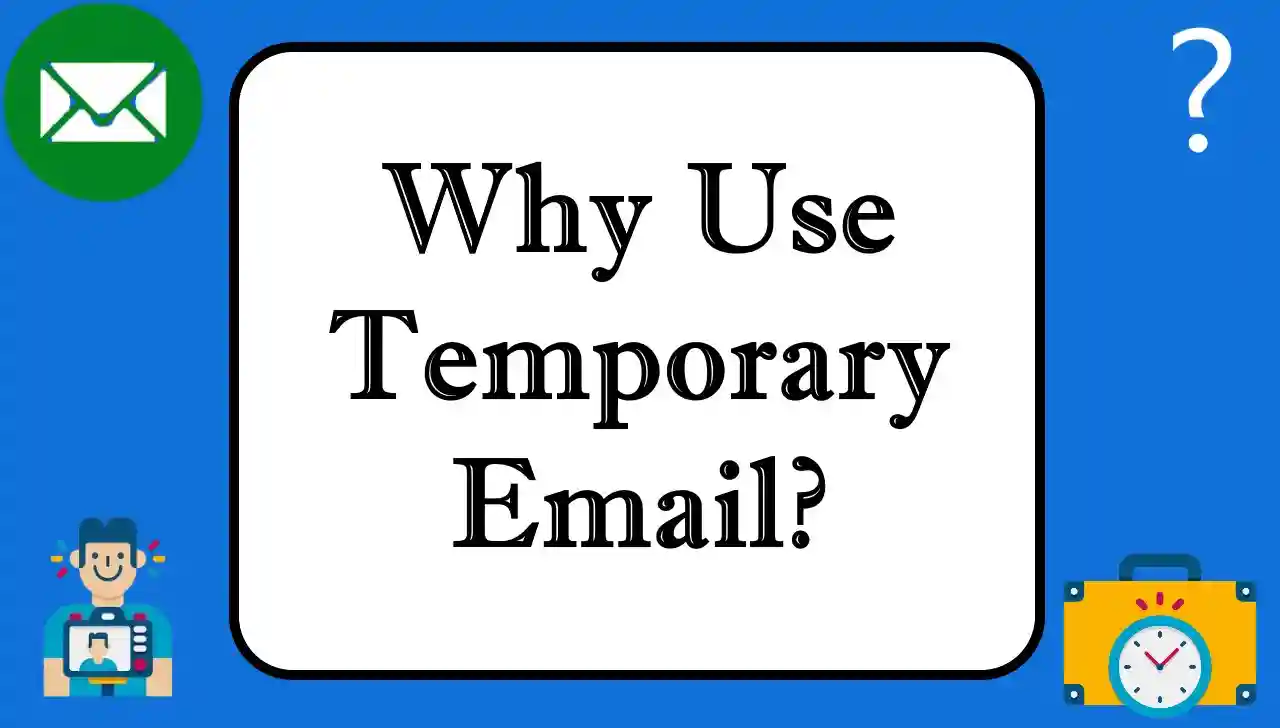Search Engine Optimization (SEO) is an important part to get your website listed in search engines such as Google. But there are some simple mistakes that most webmasters make that may impede SEO and hinder their websites from getting maximum ranking. No matter you are an amateur SEO or an expert, this is the wrong way to ensure the visibility of your website and the flow of organic traffic.
Here are 10 SEO mistakes you should never make and how you can avoid them in this post. If you avoid these pitfalls, you’ll rank higher and grow your digital footprint.
1. Ignoring Keyword Research
- Don’t research keywords properly: One of the oldest SEO errors is not doing keyword research properly. People who own a website might think that they already know what the target audience is searching for but they don’t pay attention to what the keywords and phrases are driving the traffic.
- Solution: If you want to prevent this error, then do keyword research. Identify keywords that matter most to your business using Google Keyword Planner, Ahrefs or SEMrush. Think long-tail keywords and user intent to optimize for the right people.
2. Overusing Keywords (Keyword Stuffing)
- Error: Keyword stuffing is when a webpage is over-saturated with keywords and it is used to try to get search engine results. That might have been effective earlier, but now that translates into Google penalties and a shambles.
- Solution: Do not bombard your text with keywords but use friendly language. Use synonyms of your main keyword and write quality, relevant, useful content for readers. As a guideline, try and use your key phrase once every 100-150 words.
3. Not Optimizing for Mobile Users
- Error: Mobile traffic is a huge chunk of web traffic, but websites still don’t always tailor their content and layout to mobile devices. Because of Google’s mobile-first indexing, your mobile version is treated as the first one.
- Answer: Your website should be mobile friendly with responsive web design. This will make your site adapt to different screens automatically. Prove your website on all platforms and run the tests like Google’s Mobile-Friendly Test to see if it is having any issues.
4. Poor Site Structure and Navigation
- Mistake: A site that’s not well-oriented and has a complicated structure is anathema to visitors and search engines. User will leave your website if they do not get to the desired information very quickly as well as this leads to a higher bounce rate.
- Answer: Layout your website so that it has simple to navigate. – Build an intuitive hierarchy using rational categories and subcategories. Add breadcrumb navigation for a smoother user experience and to assist search engines with getting a sense of your website’s layout.
5. Slow Page Load Speed
- Fault: Page load time is very important for both ui and SEO. If your website takes long to load, users will leave before the page even loads, which means more bounces and rankings.
- Solution: Speed up your website with images, CSS, Javascript, HTML minification, and caching. You can also consider upgrading to a faster host provider or a Content Delivery Network (CDN) so that your website loads fast from around the world.
6. Neglecting On-Page SEO
- Error: On-page SEO is the optimization of title tags, meta descriptions, headers, images etc. A lot of website owners forget about these things on the page and are losing out on major ranking opportunities.
- Solution: Boost every page on your website with optimized title tags, meta descriptions, and header tags. Your title tags should have your keyword in it and should be no longer than 60 characters. Meta Description: Meta description shouldn’t be more than 160 characters and should have an engaging call to action.
7. Using Images Without Alt Text: Not Supported for Image Alt Text.
- Mistake: Images are very much needed on any website but they are easily forgotten about in SEO. If you don’t provide alt text for images, it is going to affect your sites image ranking and your overall SEO score.
- Solution: Make sure to always have the alt text for every image on your website. Alt text: it should be descriptive of the image and contain keywords as necessary. Not only does it benefit SEO but also your website becomes more readable to visually impaired people.
8. Failing to Update Content Regularly
Tip: There is a time when it is all very well for you to start something and then it just sits there for months or years. Search engines like new, updated, and relevant content and if your content is old, it can hurt your rankings.
Solution: Always make changes to your content so it still holds value for your readers. Fill in new data, use the latest statistics, and update your content to keep or increase rank. Keep your site updated with fresh blog or article.
9. Not Building Quality Backlinks
- False Snippet: Backlinks are SEO’s ranking aspect. Website owners don’t really develop a good backlink profile and it might restrict their website from being found at the top of search results.
- Solution: Target quality backlinks from high-quality websites of your industry. This can be done through guest blogging, influencer promotion or shareable content that naturally links. Do not buy backlinks or use link farms, they will penalize you.
10. Not Monitoring SEO Performance
- Error: SEO is a continuous task and there’s a common mistake webmasters make when they forget to measure their success. If you don’t track your SEO work, you can’t see what’s working and what’s not.
- Solution: Track your SEO activities on a regular basis, for example, Google Analytics and Google Search Console. Monitor metrics like organic traffic, bounce rate, keyword rank and conversions. With the help of this data, you can make some modifications to your SEO plan and keep on ranking your website.
Conclusion
These 10 SEO Mistakes will not only help you get found in search engines and also bring in organic traffic, but will help you rank high in search results. Your SEO score will skyrocket if you do your keyword research, make sure to optimise your site for mobile devices, make your pages load faster and update your content on a regular basis. You have to keep in mind SEO is a long-term business so don’t give up, be proactive, and learn new trends to stay on top of the competition.
Follow these steps and you will notice an increase in your rankings and website success.




